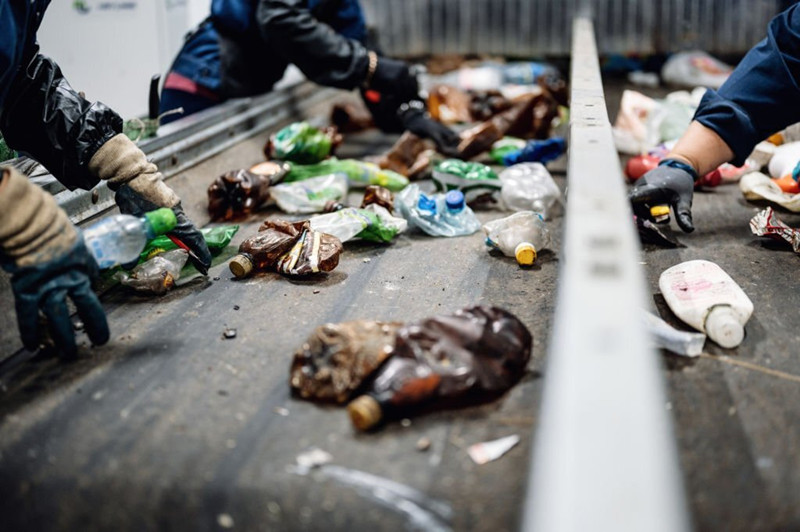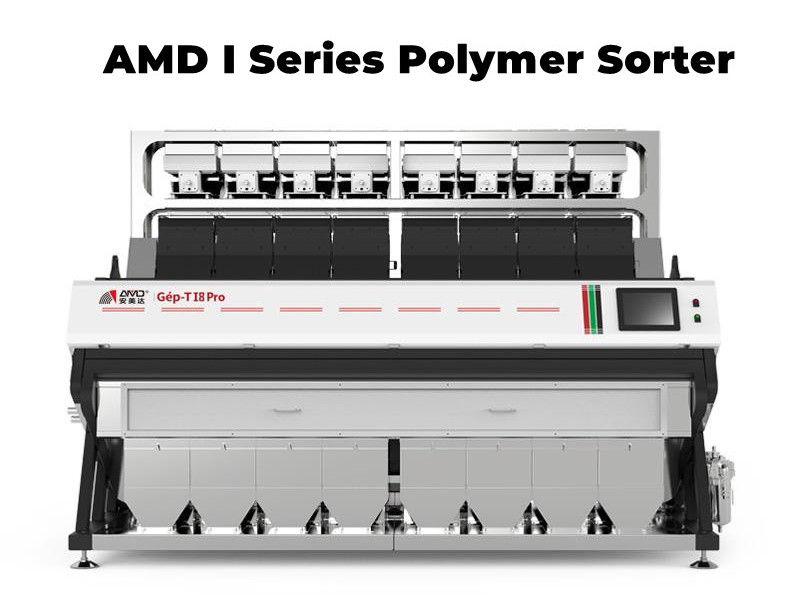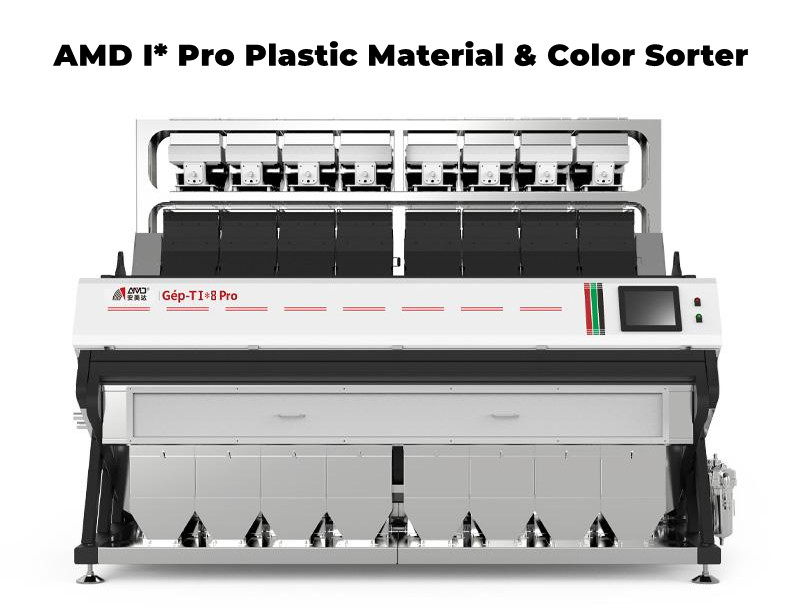The controlled concentration of PVC in PET flakes is essential in the plastics recycling process for most PET cleaning and recycling plants.
This is because of the low melting point of PVC, which can cause clogging of the nozzles and increased breakage rates due to premature melting and carbonisation during the PET production spinning process, which can result in a large number of black spots in the product and affect the quality of the PET product. However, most high-end applications (e.g. the production of high-grade polyester fibres) require a PVC concentration of well below 50 ppm. therefore, in order to sell to high-end users at a high price, PET recyclers must make an extra effort toremove PVC from the PET flakes produced.

How to remove PVC from PET flakes?
PVC
is difficult to identify with the naked eye as it is almost the same
colour as PET, and even more difficult to remove when crushed into
flakes. Due to the difference in melting point, PVC is the "number one
enemy" of PET in the spinning process. In the face of this "scourge"
that has to be removed, which is the perfect choice in modern processes:
manual, electrostatic or optical sorting?
Manual Sorting
High labour costs and low efficiency, but small investment, easy to get started and flexible in operation.

Electrostatic Sorting
Electrostatic sorting is a method of sorting using the different
frictional and electrical properties of various plastics, which is
simple, efficient and suitable for plastics of similar density that are
not easily sorted. The use of electrostatic sorting requires multiple
sorting for a variety of plastic scraps
that are mixed together, as only one plastic can be sorted out per
pre-selection set voltage. In addition, electrostatic sorting has high
input material requirements, which are influenced by the type of plastic
additive, the degree of homogeneity, the surface condition of the
particles and the degree of residual dryness of the test material, and
has high operating costs.
Optical Sorting
The origins of optical sorting machines can be traced back to the 1930's
and were mainly used to improve the quality and safety of food
products. As the technology has developed and matured, optical sorting
techniques such as near infrared sorting and colour camera sorting have
become more widely used in the recycling of plastic waste.
Optical sorting is based on the difference in spectral properties of
different plastics and automated sorting, it uses mature near infrared
(NIR), visible light (VIS) to detect materials to identify different
materials, colours, and selected materials through compressed air
sorting out, is currently the highest degree of automation, recognition
of the highest accuracy of a type of sorting technology on the market.
The use of a specific wavelength range of near-infrared irradiation of
the sorted material, the different materials presented by the different
reflectance spectrum for sorting judgment. NIR technology can
distinguish between different materials of plastics, including PET,
HDPE, LDPE, PVC, PS, PP, etc., with an accuracy rate of over 99%. Its
advantages are high sorting accuracy, high throughput, and low operating
costs and no pollution, making it an ideal choice for industrial
upgrading in the plastic recycling industry in an environment of
tightening environmental policies. However, black plastics cannot be
sorted by this technology.
ZHONGKE AMD is a global leader in optical sorting technology and
offers a flexible range of technology solutions, including NIR, Deep
Learning, UV and visible light, depending on the components of the
material to be sorted and the sorting needs of the user.
Designed for separation of PET and PVC flakes,AMD I series Polymer Sorter supports material & color sorting in one machine.

The I* pro Series Plastic sorting machine can easily separation different polymers in terms of type and light color.

Conslusion
As an important part of the plastics recycling process, plastics waste sorting is a cornerstone of the recycling industry and improving its efficiency is of paramount importance to plastics recyclers, so high precision, high purity, automation and high value have become inevitable trends in the plastics sorting industry. Get more details at www.amdsortex.com.
评论
发表评论